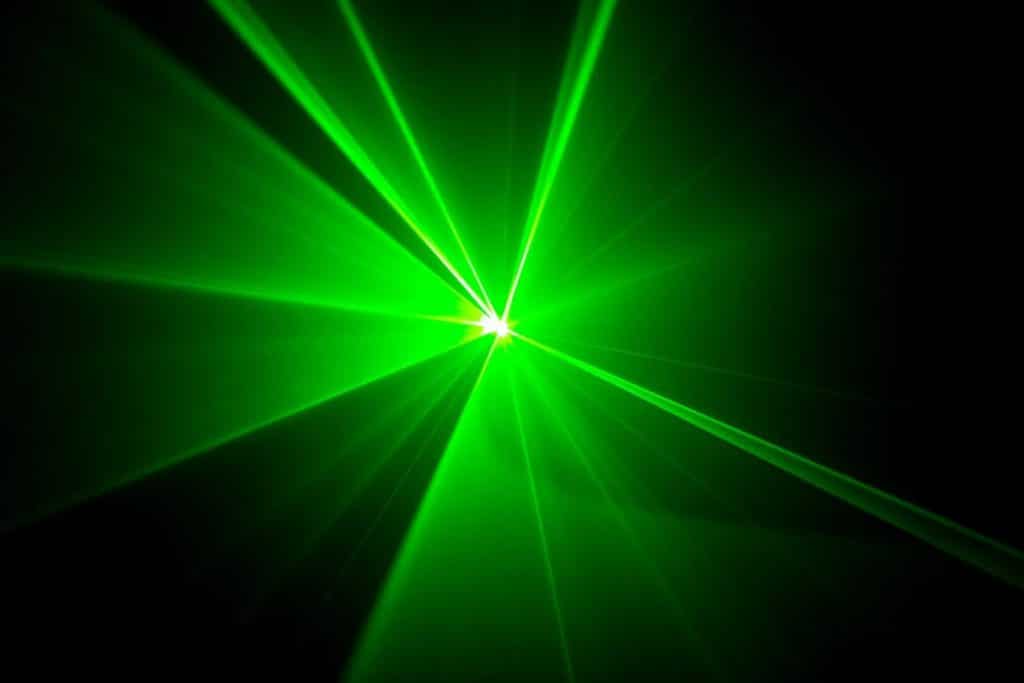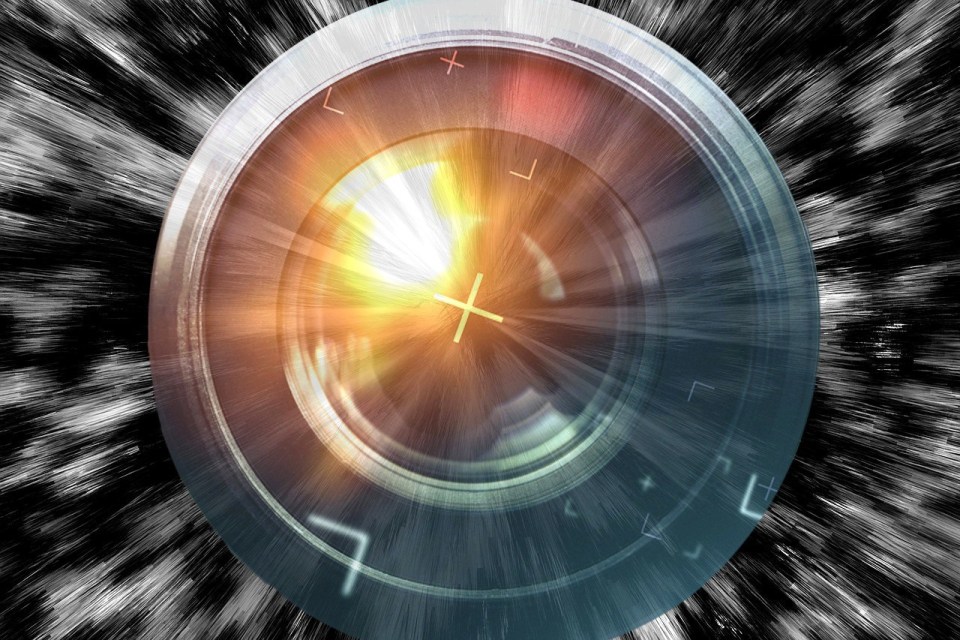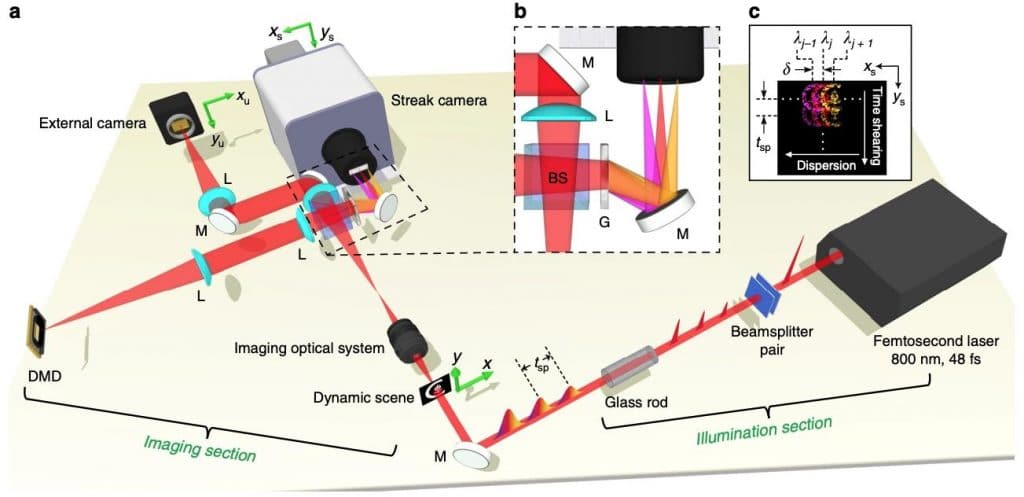The very best phone cameras are capable of recording slow motion with less than 1,000 frames per second. On the other hand, commercial rigs can shoot with several thousand frames per second. However, nothing compares to the world’s fastest camera with CUSP technology that was able to set a new record of 70 trillion frames per second.

With 70 trillion frames per second, the world’s fastest camera is quick enough to capture light waves in motion. It has been developed at Caltech and the technology is named compressed ultrafast spectral photography (CUSP). Thanks to CUSP, the camera can perform incredible and unconventional feats. It relies on short pulses of laser light with each lasting for only a femtosecond. That is one quadrillionth of a second – just so you know.

These pulses get split up into shorter flashes thanks to a system of optics. Each of these pulses then makes contact with a specialized sensor in the CUSP camera thus creating an image. This happens 70 trillion times in a second. The CUSP system has been based on an earlier technology that was developed by the lead author of the study Lihong Wang. The original version was known as compressed ultrafast photography (CUP) and it was capable of managing 100 billion frames per second during 2014. However, the team was able to bring it up to 10 trillion frames per second in 2018 by making use of an advanced version of the tech known as T-CUP.

The current version is seven times faster than the T-CUP one. Wang along with his team believes that the CUSP technology can be used to gain a better understanding of the ultrafast world of fundamental physics and assist in creating smaller and more sensitive electronics. Wang says, ‘We envision applications in a rich variety of extremely fast phenomena, such as ultrashort light propagation, wave propagation, nuclear fusion, photon transport in clouds and biological tissues, and fluorescent decay of biomolecules, among other things.’
The new research has been published in the journal Nature Communications.


